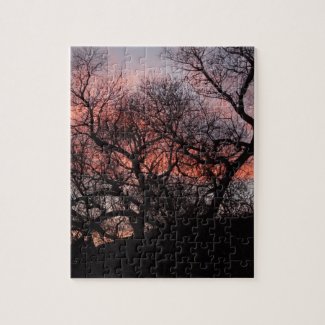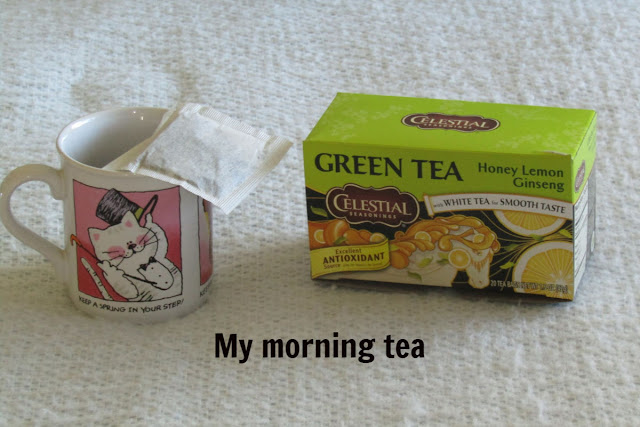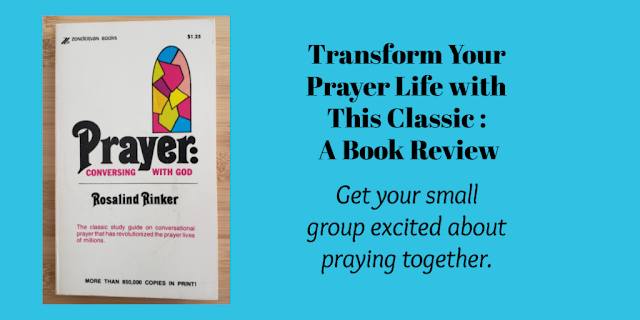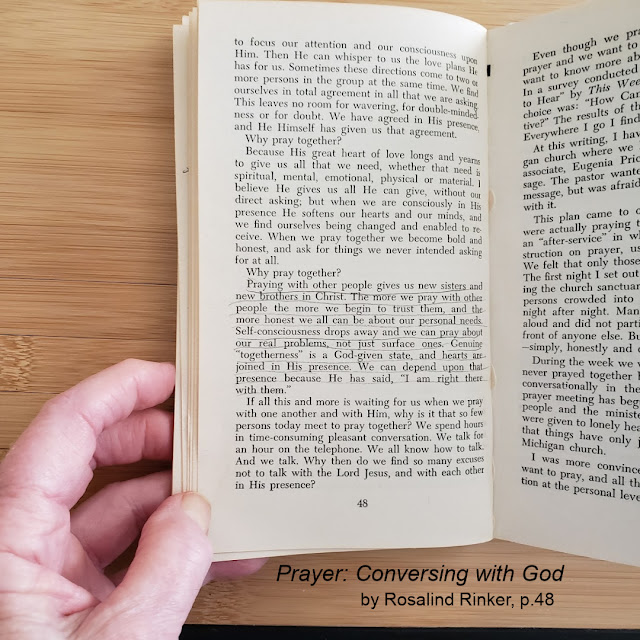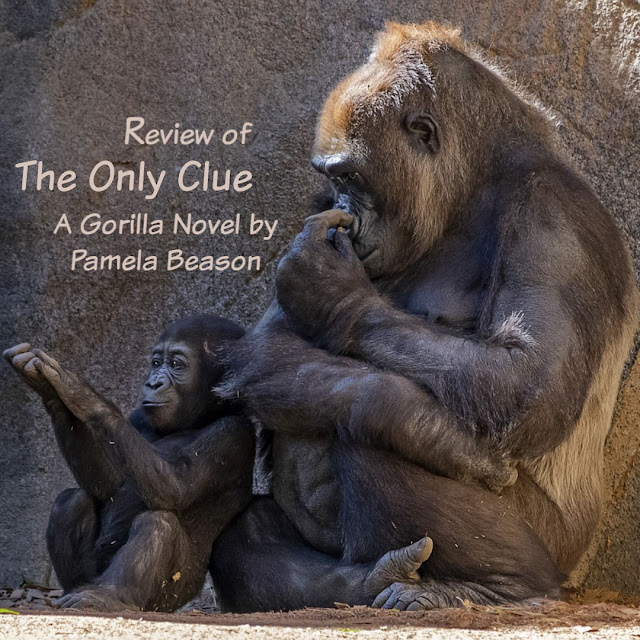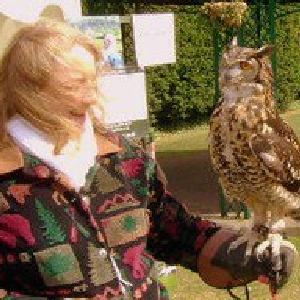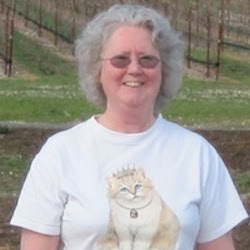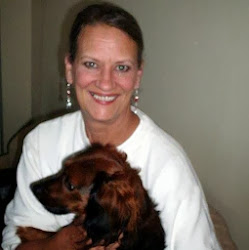James Michener's World
James A. Michener has packed 85 of his 90 years
of life and travel memories into the 577
pages of The World Is My Home. As I read his book, I felt I was there
with him. He walked alone in some of the world's most beautiful
places. He traveled by air with heads of state. He ate garbage on Navy transport ships commanded by drunk captains, and he had
dinner with Franklin D. and Eleanor Roosevelt.
By reading
The World is My Home I feel
I've become acquainted with James Michener. I better understand why
he wrote what he did. I was impressed not only with his
skill as a writer and the breadth of his knowledge, but also with his humility.
The World Is My Home
The World Is My Home is a
weighty book. Within its pages you will probably find out almost
anything you could want to know about James Michener, his life, his
motivations, and his values. Although he felt at home anywhere in the
world, he never became an expat. He believed he needed to stay connected to his American roots to feel nourished and he didn't want to lose touch with America.
If you like stories, he tells
many in this book. He also talks about his writing life
and his numerous interests. I am amazed at how much was packed
into one life. I can hardly begin to scratch the surface here about
the content of this encyclopedic memoir. But if you are interested in
the cultures of the world, Navy life, aviation, true adventures,
writing, art, music, how subjects for postage stamps are selected,
travel, bull fighting, the publishing industry, United States
politics behind the scenes, what it takes to be a writer, what a
novelist's life is like, how much it costs a publisher to print a
book, how much a best-selling author gets paid, and any number of
other subjects, you will want to read this book.
Who Was James A. Michener?
One might ask, which one? Writer James
A. Michener shared his name with many others. One even lived in the
same town. But James really was not a Michener at all. He never knew who his
parents were. He had no birth certificate. He had been taken in by a
widow, Mabel Mitchener, and used her name, but her dead
husband's sisters would always make sure James knew he was not a
Mitchener. Until he was a young man he wondered who his parents
really were, but finally accepted the fact he'd probably never know.
He decided not to bother his head about it anymore.
James' Childhood
Mabel was poor. She took in laundry and
sewing work to make a living. As a boy James never had what other boys his age
seemed to. Once his “mother” explained why he couldn't have
roller skates, a red wagon, a bicycle, or a baseball glove, he acted
as though they did not exist and closed his mind to them. In spite of
the poverty he lived in, though, he always felt loved.
To help out he started earning money
when he was nine by harvesting chestnuts from the forest and selling
them around town. When he was eleven he got his first real job with
the Burpee Seed Company. It taught him to hate phlox. He worked from
7 am until 5 pm six days a week. Of this time he says: “I have sown
phlox, thinned phlox, hoed phlox, gathered phlox, and heaven knows
what else, and if my birthday were tomorrow and someone were to give
me a bouquet of the horrid flowers, I would punch him in the nose.” He
gave the $4.50 a week he earned to Mabel.
James always worked at some job. He was
apprenticed to a plumber when he was still young and he was good at
plumbing. He considered quitting school to become a plumber, but his
Uncle Albert squashed that idea and made him quit. He said, 'James,
you were not intended to be a plumber.'
Later James was a paperboy and loved it.
He got to know where everyone in town lived and learned many secrets about
his neighbors, as well. He delivered handbills for the theater on
Saturdays in exchange for seeing the movies free. During this time he gained his first insights into the motion
picture industry.
His next job was with the Willow Grove
Amusement Park, a job which tested his character. It provided cheap
rides, food, and four free concerts a day. The job also enabled him to make
friends with Victor Herbert, John Philip Sousa, and members of the
Philadelphia Orchestra who often played at the park.
Jim was a cashier for one of the rides
and soon learned that management didn't care if he gave too little
change for entrance fees. Stealing from customers in this way was known as 'honest cheating'
and management expected and tolerated it. 'Dishonest stealing' was
when cashiers stole from the company. James only tried that once, but
reformed quickly when an older cashier was arrested. Soon James was
removed from his regular job and asked to substitute for suspect operators when they were absent or on
breaks and report to management if he found anything fishy. Management knew he had cheated that once and then stopped cheating on his own.
Attitude Toward Wealth
Because Jim grew up poor, one might
think that he'd want to become rich someday, but he was not ambitious
in that way. He was content with enough to support himself and a
wife. When his books won prizes and became best sellers, he was
pleased, but he still lived simply and gave away what he didn't think
he needed for his expenses. He used his wealth to help others. He
donated most of the royalties from his books. He felt he had a debt
to pay back for the free public education he had received all the way
through graduate school. He wanted to assist other young people who needed financial help
to get an education.
Jim didn't like to negotiate book deals
or discuss print run sizes. He left that to his agent. He wasn't
arrogant or greedy, and was content to let his agent look after him financially.
Life Purpose
One night toward the end of World War
II, James came close to being in a plane crash after leaving his duties
in the Fiji Islands and exploring Bora Bora. (One reason he'd been
sent there was to find out why none of the enlisted men wanted to
leave when it was time to go home. You'll have to read the book to
find the answer to that.) He was on his way back to headquarters in
French New Caledonia in the southwest Pacific. When it was time to
make a sunset landing at the Tontouta Air Base, the sky got dark and
visibility was low. It took three tries to finally make a safe
landing. He had known the third attempt to land would be the final
one. It was a close call.
Later that night he went back to the
airstrip to walk and to calm his nerves. He thought about what he wanted
to do with the rest of his life. He didn't come to a conclusion as to
what work he wanted to do, but he decided 'I'm going to erase envy
and cheap thoughts. I'm going to concentrate my life on the biggest
ideals and ideas I can handle. I'm going to associate myself with
people who know more than I do. I'm going to tackle objectives of
moment.' He also decided that he would support the things he believed
in.
It was at this point in his life he
began to listen more carefully as other transients with travel orders
told stories in the hotels. He looked for those with unusual
experiences. He learned “what the Pacific adventure meant in human
terms.” Although many complained, he believed that later, when they
got back home, the ones who complained most would want to explain to
others what their time in service had been like. He knew the Pacific
better than almost anyone. He believed he could tell their stories
more accurately than anyone else. From these stories came his first
book,
Tales of the South Pacific, which won a Pulitzer Prize.
As you probably know, it was turned into a popular musical,
South
Pacific.
Michener did not like calling himself
an author. He considered himself a writer. He believed good writing was “trying to use ordinary words to achieve extraordinary results.”
Words fascinated him. I was happy to see he shared my appreciation for
Rodale's Synonym Finder.
Should You Read This Book?
I would recommend this book to any
writer who wants to learn more about writing and traditional
publishing. Among other things, James was an editor at Macmillan for
many years and he shares what he knows about the industry from the
point of view of both writer and editor. Almost half the book is
about writing.
If you are interested in travel, this
book will show you most of the world. It also shows you military life
during World War II.
If you are interested in art or music,
you will find that James was, too. He started collecting art in
postcard form early in his youth. His uncle brought him his first
Victrola and some records when he was about seven. He became an opera
fan and later branched out into other classical music.
If you are interested in politics, you can learn a lot from Michener. At one point in his life he ran for
Congress and he takes us behind the scenes of a campaign. He didn't
win, but he did get appointments to committees and we learn much
about the workings of government from him. One of his committees selected who would be honored with a postage stamp. I
was amazed at how controversial that was. There was pressure to honor
Elvis right after his death, which was against the rule of waiting
until someone had been dead for ten years. Lillian Gilbreth's family
(remember Cheaper by the Dozen?) also put pressure on the
committee to honor her. I enjoyed these stories.
Why Michener Wrote This Book
Jim was 85 when he wrote this book. He knew he was getting to the end of his life but he still still had the qualities that made him want to write when he was 45: "a passionate desire to communicate, to organize experience," and to tell stories.
In his own words, here's his reason for writing The World Is My Home: "I want the reader to see in careful detail the kind of ordinary human being who becomes a writer and then to see the complex and contradictory motivation that enables him to remain one."
I believe he achieved that goal. Don't miss this informative and entertaining book. Get it now while you are thinking about it. You will be glad you did.























